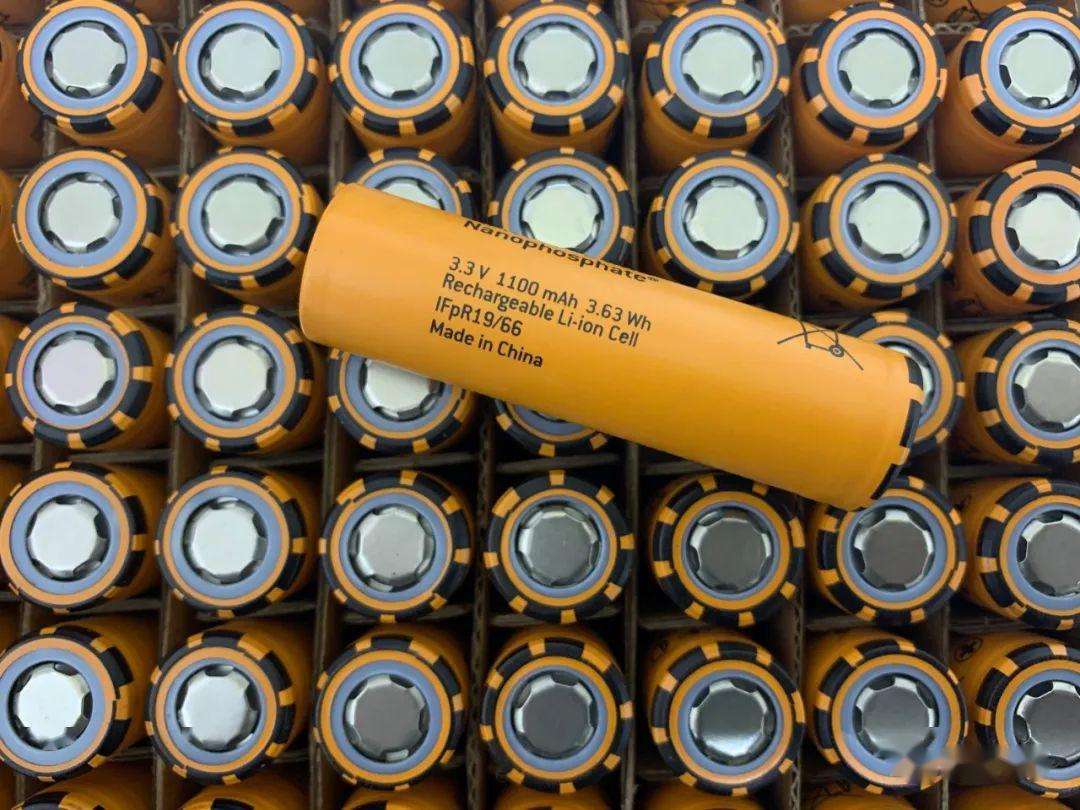有关锂电池的空运新规将于4月1日生效

据国际航空运输协会(IATA)官方消息,2022年4月1日开始,锂电池空运又出一波新规定,空运锂电池的托运人请做好准备。
此次法规变化主要是对第63版《国际航空运输协会危险品条例》的多页包装说明PI 965和PI 968进行了修订。根据第II部分的规定,锂离子电池和锂金属电池均不得运送。
这样做的结果是,所有自行运送的锂电池都需要完成托运人的危险货物申报、附加标记和标签,以及完整的危险货物空运培训。
锂电池的托运人对于运输法规几乎每年都会发生变化已经习惯了,而与其他运输方式(铁路、公路、海运和内河航道)相比,空运法规的变化似乎更频繁。这些变化的原因包括锂电池运输的发展成长,锂电池现在为从手机到自行车、踏板车、无人机、卡车以及广泛的科学、医疗和工业设备等各种设备提供动力。
此外,锂电池事故也在继续对安全构成威胁。如果对锂电池的包装不完全符合规定,锂电池可能会迅速升温,达到400°C的温度,然后还会释放有毒气体。一些航空公司已经投资建立了可以抵御锂电池火灾的密封系统,但这些系统成本高昂,并增加了供应链的成本,最终不可避免地要由托运人承担。
从4月初开始,锂离子电池和锂金属电池都必须根据第IA或IB条规定进行申报。需要注意的是,这一变化不适用于包含在设备中或与空运设备一起包装空运的锂电池运输。
此外,ADR(公路)、RID(铁路)或IMDG(海运)法规没有变化,其中188条特别规定使小于100 Wh(瓦时)的锂离子电池及锂金属总含量小于2g的锂金属电池更方便使用。不同运输方式之间规定的差异反映了不同的风险,但也增加了托运人面临的复杂性,因为有许多托运人使用多种运输方式。
这些变化的实际效果是,许多只装有锂电池的包装将不得不变得更大,哪怕只是为了给每个包装上必须出现的危险和处理标签及其他信息留出足够的空间。根据第IA条规定,托运人需要两个标签,而根据第IB条规定,需要两个标签和一个标记,并且这些标签和标记必须符合IATA规定的最小尺寸标准。
托运人还需要为每批自行运送的锂电池准备托运人声明,这些包装需经过地面服务代理的全面验收,并会录入在“致机长通知”上,通知会列明已装载到飞机上的危险货物。
因航空公司、装卸代理、集成商和货运代理必须做更多的工作来确保锂电池运输的合规,托运人将面临更高的运输成本。由于新冠疫情、燃料价格上涨、对货运能力的高需求以及俄乌局势导致部分空运运力被取消,大多数公司的空运运费已经大幅攀升。可悲的是,更多的成本增长正在路上。
这项法规的最新修订是否会进一步提高安全性,或者只是对合法托运人和分销商造成阻碍和拖延,将随着时间的推移变得越来越清楚。对于供应链中的所有参与者来说,如果锂电池法规在几年内不发生任何变化也将是一个可喜的喘息机会。
